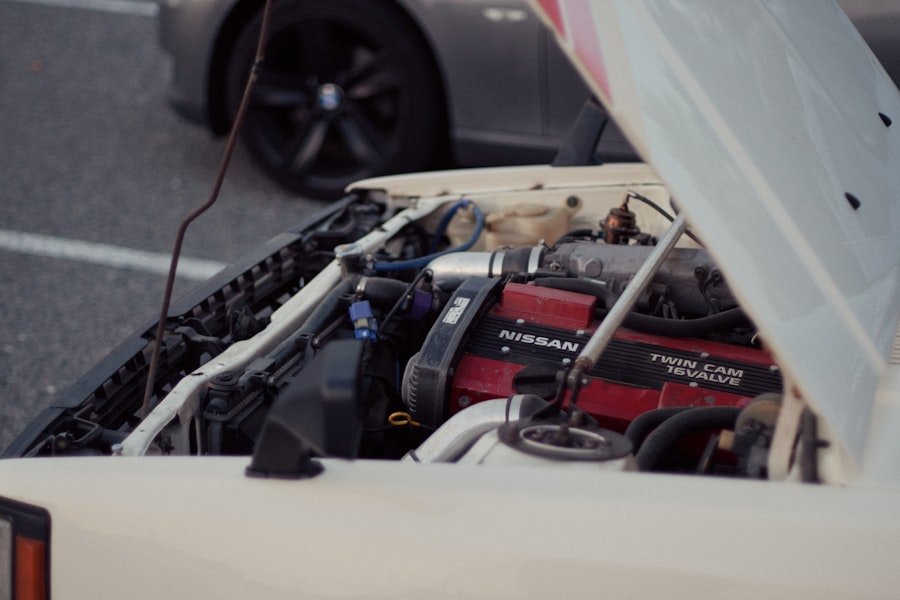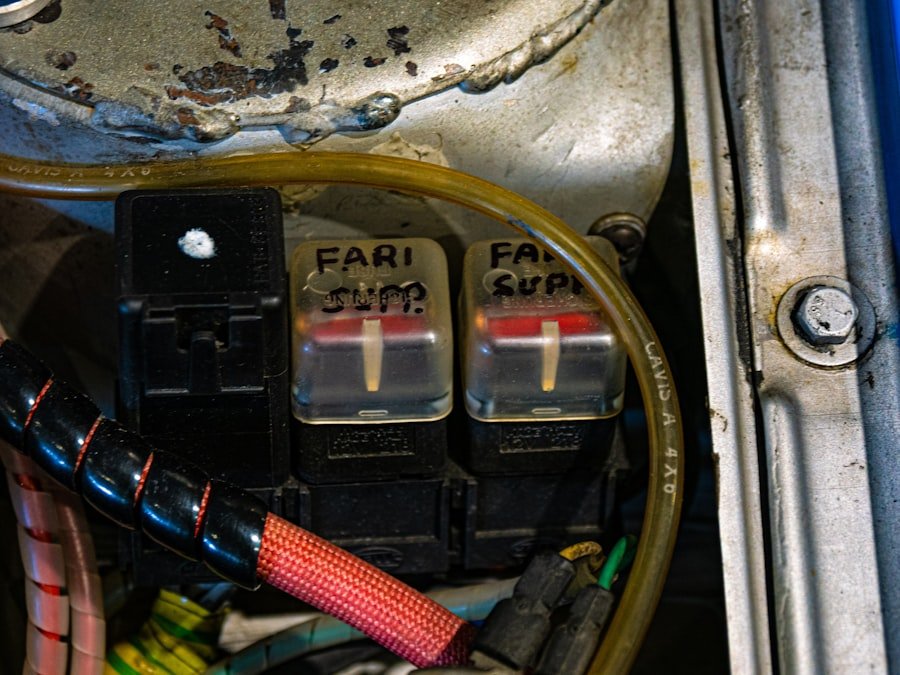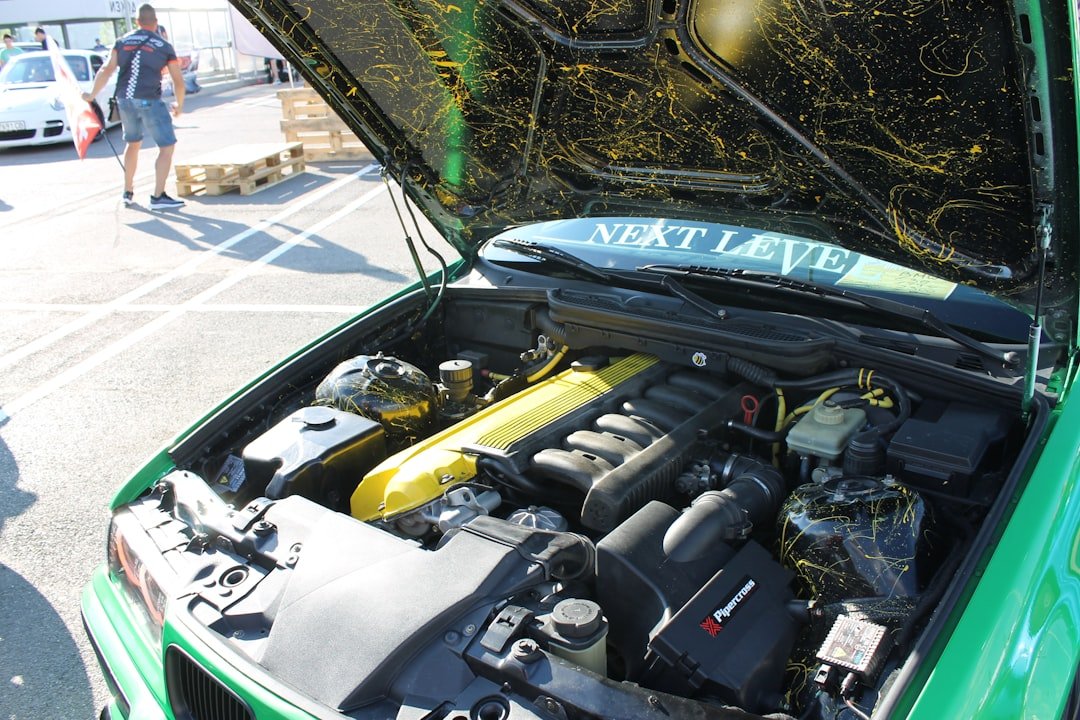Car battery drainage is a common issue that many vehicle owners encounter, often leading to frustration and inconvenience. The battery serves as the heart of a vehicle’s electrical system, providing the necessary power to start the engine and operate various electronic components. When a battery drains unexpectedly, it can leave drivers stranded and in need of assistance.
Understanding the intricacies of car battery drainage is essential for both preventing it and addressing it effectively when it occurs. The phenomenon of battery drainage can be attributed to a variety of factors, ranging from simple user error to complex electrical system malfunctions. As vehicles become increasingly reliant on electronic systems, the potential for battery drainage has grown.
Modern cars are equipped with numerous gadgets and features that can inadvertently contribute to battery depletion. By delving into the common causes of car battery drainage, vehicle owners can better equip themselves to manage and mitigate this issue.
Key Takeaways
- Car battery drainage is a common issue that can be caused by various factors.
- Common causes of car battery drainage include electrical system issues, parasitic drain, faulty charging system, extreme temperatures, and aging battery.
- Electrical system issues such as malfunctioning components or wiring can lead to car battery drainage.
- Parasitic drain occurs when a vehicle’s electrical system continues to draw power even when the car is turned off.
- Extreme temperatures and an aging battery can also contribute to car battery drainage, making it important to take preventive measures to avoid this issue.
Common causes of car battery drainage
One of the most prevalent causes of car battery drainage is leaving lights or other electrical components on when the vehicle is not in use. This can include interior lights, headlights, or even the radio. For instance, a driver might forget to turn off the dome light after exiting the vehicle, leading to a slow but steady drain on the battery.
In many cases, this type of oversight can be easily remedied by developing a habit of checking that all electrical systems are turned off before leaving the car. Another common cause of battery drainage is frequent short trips. When a vehicle is driven for only a few minutes at a time, the alternator may not have sufficient time to recharge the battery fully.
Over time, these short trips can lead to a gradual depletion of the battery’s charge, ultimately resulting in a dead battery. Drivers who primarily use their vehicles for short distances should be aware of this phenomenon and consider taking longer drives occasionally to allow the battery to recharge adequately.
Electrical system issues

Electrical system issues can also play a significant role in car battery drainage. A malfunctioning alternator, for example, may fail to provide adequate power to recharge the battery while the engine is running. The alternator is responsible for converting mechanical energy into electrical energy, which is then used to power the vehicle’s electrical systems and recharge the battery.
If the alternator is not functioning correctly, it may lead to an insufficient charge being delivered to the battery, resulting in eventual drainage. Additionally, corroded or loose battery terminals can create resistance in the electrical system, preventing proper charging and leading to battery drain. Corrosion can build up on the terminals over time, creating a barrier that inhibits the flow of electricity.
Regular maintenance, including cleaning the terminals and ensuring they are securely fastened, can help mitigate this issue. Vehicle owners should periodically inspect their battery connections as part of routine maintenance to ensure optimal performance.
Parasitic drain
| Vehicle | Parasitic Drain (mA) | Source |
|---|---|---|
| Toyota Camry | 25 | Owner’s Manual |
| Ford F-150 | 30 | Diagnostic Tool |
| Honda Civic | 20 | Service Center |
Parasitic drain refers to the phenomenon where electrical components continue to draw power from the battery even when the vehicle is turned off. This can occur due to various reasons, such as malfunctioning components or improperly installed aftermarket accessories. For example, an aftermarket alarm system may inadvertently keep certain circuits active, leading to a slow drain on the battery over time.
Identifying parasitic drain can be challenging, as it often requires specialized tools and knowledge of the vehicle’s electrical system. A common method for diagnosing parasitic drain involves using a multimeter to measure the current draw from the battery when the vehicle is off. If the current draw exceeds a certain threshold, it indicates that there is an issue that needs to be addressed.
Once identified, vehicle owners can work with a qualified technician to pinpoint the source of the drain and implement necessary repairs.
Faulty charging system
A faulty charging system can significantly contribute to car battery drainage issues. The charging system consists of several components, including the alternator, voltage regulator, and associated wiring. If any part of this system malfunctions, it can lead to inadequate charging of the battery while driving.
For instance, if the voltage regulator fails, it may allow excessive voltage to reach the battery, causing it to overcharge and potentially damage its internal components. Moreover, issues with wiring or connections within the charging system can also lead to poor performance. Frayed wires or loose connections can create resistance that prevents proper charging from occurring.
Regular inspections of the charging system are crucial for maintaining optimal performance and preventing unexpected battery drainage. Vehicle owners should be vigilant about any warning signs, such as dimming headlights or unusual electrical behavior, which may indicate underlying issues with the charging system.
Extreme temperatures

Extreme temperatures can have a profound impact on car batteries and their performance. Both hot and cold weather conditions can lead to reduced battery efficiency and increased likelihood of drainage. In cold weather, chemical reactions within the battery slow down, making it more difficult for the battery to deliver sufficient power for starting the engine.
This is particularly evident in regions that experience harsh winters where temperatures drop significantly. Conversely, high temperatures can accelerate chemical reactions within the battery but may also lead to increased evaporation of electrolyte fluid. This can result in diminished capacity and overall lifespan of the battery.
For instance, a battery exposed to extreme heat for prolonged periods may suffer from thermal runaway, where excessive heat leads to internal damage and eventual failure. Vehicle owners should take precautions during extreme weather conditions by parking in shaded areas during hot months or using engine block heaters in colder climates.
Aging battery
As batteries age, their ability to hold a charge diminishes significantly. Most automotive batteries have a lifespan ranging from three to five years under normal operating conditions; however, various factors such as climate and usage patterns can influence this duration.
Regular testing of an aging battery’s health is essential for identifying potential issues before they lead to complete failure. Many auto parts stores offer free battery testing services that can provide valuable insights into a battery’s condition. If a battery shows signs of weakness or reduced capacity during testing, it may be time for replacement.
Proactive measures such as replacing an aging battery before it fails can save drivers from unexpected breakdowns and ensure reliable vehicle operation.
Preventive measures to avoid car battery drainage
Implementing preventive measures is crucial for avoiding car battery drainage and ensuring reliable vehicle performance. One effective strategy is to develop good habits regarding electrical usage within the vehicle. Drivers should make it a routine practice to double-check that all lights and accessories are turned off before exiting the car.
Additionally, utilizing features such as automatic shut-off timers for interior lights can help mitigate unintentional drains. Regular maintenance plays an equally important role in preventing battery issues. This includes routine inspections of both the battery and charging system components.
Keeping terminals clean and free from corrosion ensures optimal conductivity and reduces resistance within the electrical system. Furthermore, scheduling periodic checks of the alternator and voltage regulator can help identify potential problems before they escalate into more significant issues. For those living in areas with extreme temperatures, taking extra precautions can also extend battery life and prevent drainage.
Parking in shaded areas during hot weather or using reflective sunshades can help protect batteries from excessive heat exposure. In colder climates, using engine block heaters or maintaining a garage environment can assist in keeping batteries warm and functional during frigid temperatures. Lastly, investing in a quality battery maintainer or trickle charger can be beneficial for those who do not drive their vehicles frequently or who own classic cars that are not used regularly.
These devices help maintain optimal charge levels without overcharging, ensuring that batteries remain healthy even during extended periods of inactivity. By understanding the various causes of car battery drainage and implementing preventive measures, vehicle owners can significantly reduce their risk of encountering this frustrating issue. With proper care and attention, drivers can enjoy reliable performance from their vehicles while minimizing unexpected breakdowns due to drained batteries.
If you are struggling with a car battery draining overnight, you may want to consider checking out this article on properly hanging curtains. Just like a car battery, curtains require proper maintenance and installation to function effectively. This step-by-step guide can help you ensure that your curtains are hung correctly, just like how you need to ensure your car’s electrical system is in good working order to prevent overnight battery drainage.
FAQs
What are common reasons for a car battery draining overnight?
Some common reasons for a car battery draining overnight include electrical issues such as a parasitic draw, a faulty alternator, a bad battery, or leaving lights or accessories on.
How can I prevent my car battery from draining overnight?
To prevent your car battery from draining overnight, you can make sure all lights and accessories are turned off, regularly check for any electrical issues, and consider using a battery tender or disconnecting the battery if the car will be sitting for an extended period of time.
How can I diagnose the cause of my car battery draining overnight?
You can diagnose the cause of your car battery draining overnight by performing a parasitic draw test, checking the alternator and battery for any issues, and inspecting for any lights or accessories that may be left on.
When should I seek professional help for a car battery draining overnight?
If you are unable to diagnose the cause of your car battery draining overnight, or if you suspect there may be a more serious electrical issue, it is best to seek professional help from a mechanic or auto technician.

